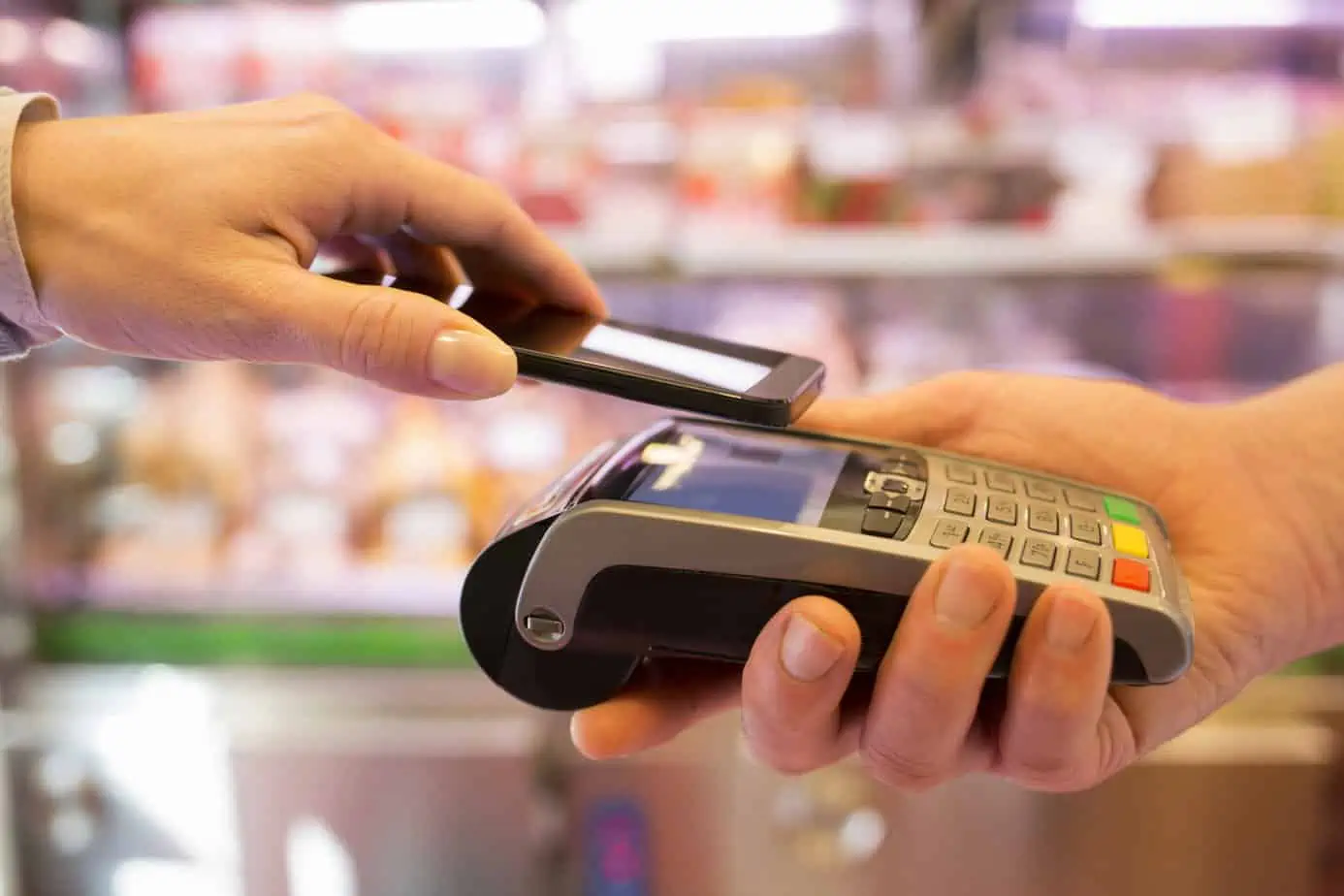When we cast our eye across the pond and towards the rest of the world, we start to notice some very different point-of-sale (PoS) consumer behavior. In somewhere around 25 of our closest international buddies, more than 50% of all face-to-face Visa transactions are done via contactless payment. If we look over to the Australians even, that number easily passes 90%.
It’s not as if this was never attempted in the United States. There was an attempt at a broad-scale issuance of contactless cards more than a decade ago, but it didn’t quite work out thanks to lukewarm consumer attitudes and the high costs to issue them. These, and others, were pretty clear signs that it was a bit too early for the U.S. to make its first foray into tap-to-pay. Inhibitors like these, though, are long gone now, so it seems 2020 is the time for a second go now that a real market opportunity has arisen.
The United States now finds itself ready to join ranks with other leading nations where contactless payments are, if not the dominant form of payment, at least a prominent way to go about business. There are many factors, such as open-loop contactless ticketing being finally introduced to major metro systems across the country such as New York’s MTA and the LA Metro, that can further push the opportunities for a contactless cards market in the U.S., along with the following aspects:
We as consumers love our cards:
We’ve had contactless mobile wallet options like Apple Pay and Google Pay for some years now, but the uptake may not quite have been what we’d all expected, which may indicate how much more we prefer to use our actual cards. According to research undertaken by 451, 60% of consumers who prefer to avoid using their mobile wallet do so because there’s either “no need” or they have a “preference for traditional payment methods.”
The cost of issuing the cards has fallen:
The cost of issuing a contactless card has fallen in recent years, due in part international card issuers. It shouldn’t even cost a dollar for our financial institutions to issue a new contactless card, maybe not even 80 cents. This is compared to the $2 it would have cost just a few years ago.
Merchant acceptance is growing:
Thanks to the EMV (Europay, Mastercard and Visa) liability shift in the U.S. just over 4 years ago in October of 2015, the implementation of dual interface PoS terminals (i.e. terminals that offer both contact and contactless transactions) has come along a lot more rapidly. Now, of all Visa transactions in the U.S., more than 60% of them occur on a contactless-enabled machine. On top of this, more than 75% of the country’s top 100 merchants are currently offering contactless payments as an option at the checkout.

